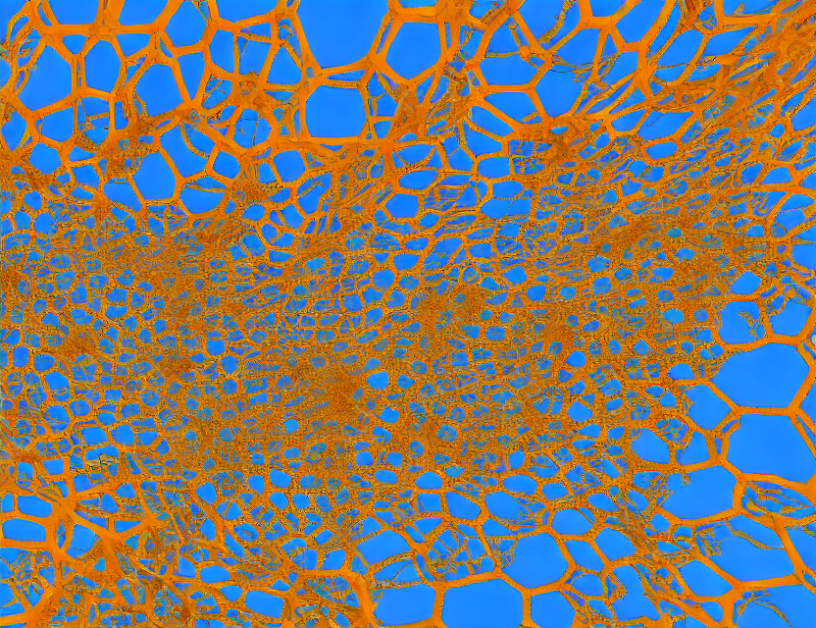Image editing is a fundamental task in computer vision, but it can be challenging to edit images without leaving artifacts or altering their original content. This paper proposes an iterative reconstruction-based approach for text-guided image editing, which enables efficient and high-fidelity editing while preserving the original image quality.
Method
The proposed method leverages a latent diffusion model to perform iterative reconstruction, allowing for flexible editing of images. The authors propose a novel optimization technique that combines gradient descent with the adversarial framework, enabling fast convergence and high-quality editing. The method also incorporates a text encoder to enable text-guided editing, allowing users to specify the desired edit using natural language.
Results
The proposed method is evaluated on several benchmark datasets, including those for image denoising, inpainting, super-resolution, and deblurring. The results show that the method outperforms state-of-the-art methods in terms of editing quality and efficiency, while also providing a high level of flexibility and controllability. The authors also demonstrate the effectiveness of their approach for text-guided image editing, allowing users to edit images based on natural language instructions.
Conclusion
The paper presents an iterative reconstruction-based approach for text-guided image editing, which enables efficient and high-fidelity editing while preserving the original image quality. The proposed method leverages a latent diffusion model and combines gradient descent with the adversarial framework to achieve fast convergence and high-quality editing. The method also incorporates a text encoder for text-guided editing, allowing users to specify the desired edit using natural language. The results demonstrate the superiority of the proposed method in terms of editing quality and efficiency, while also providing a high level of flexibility and controllability.



